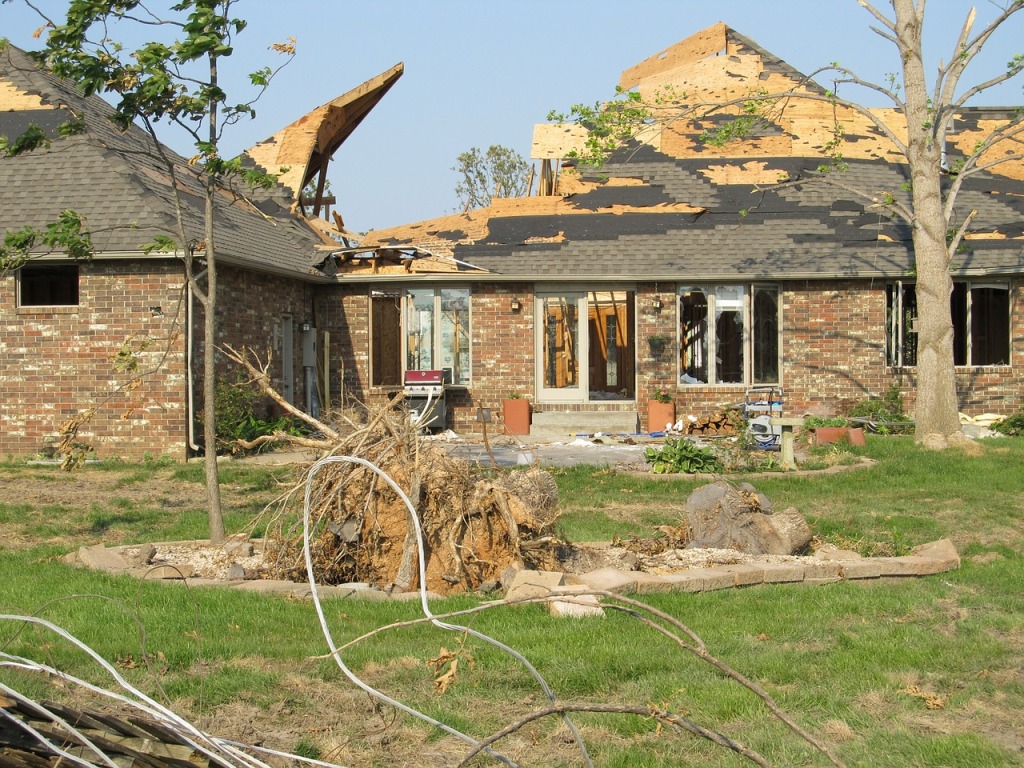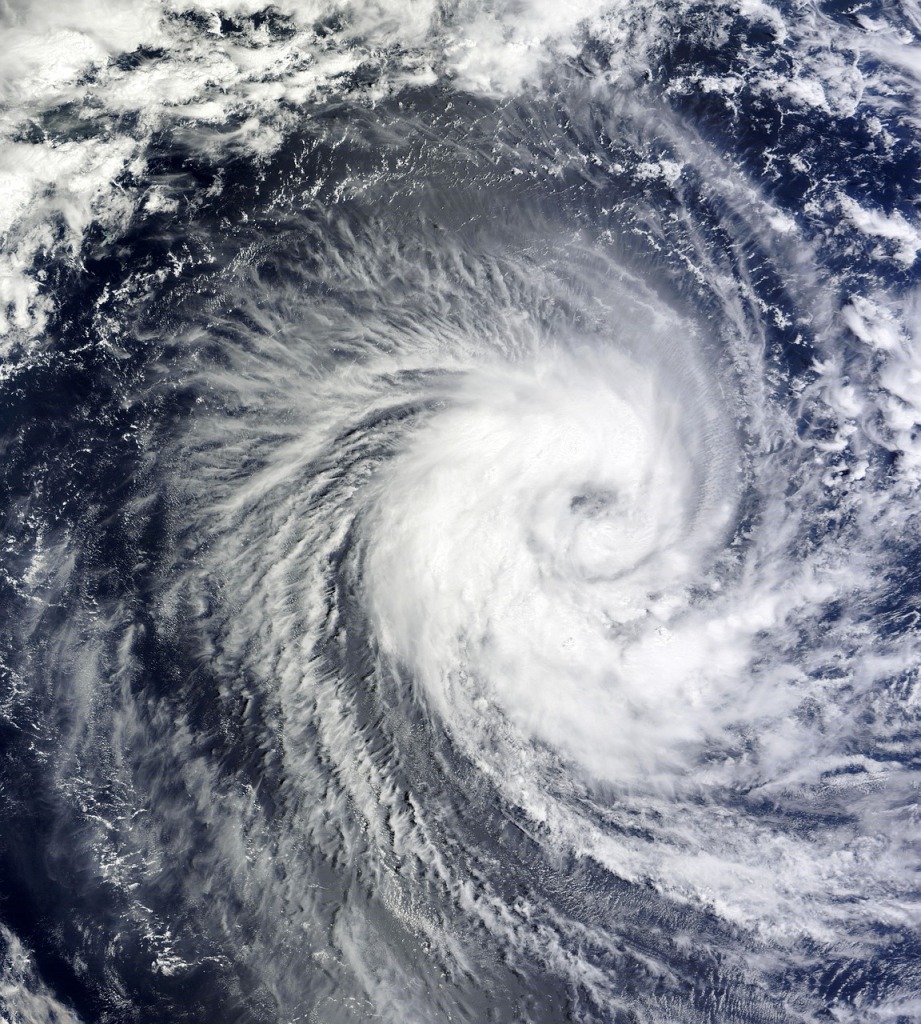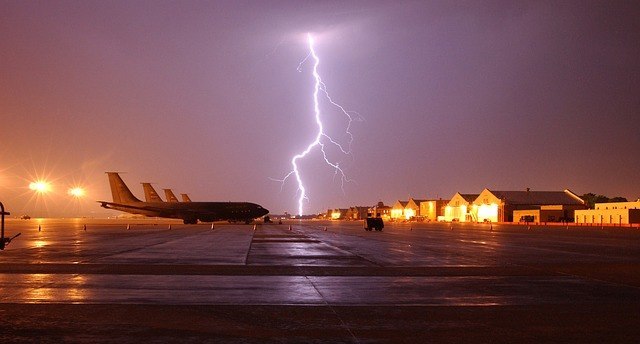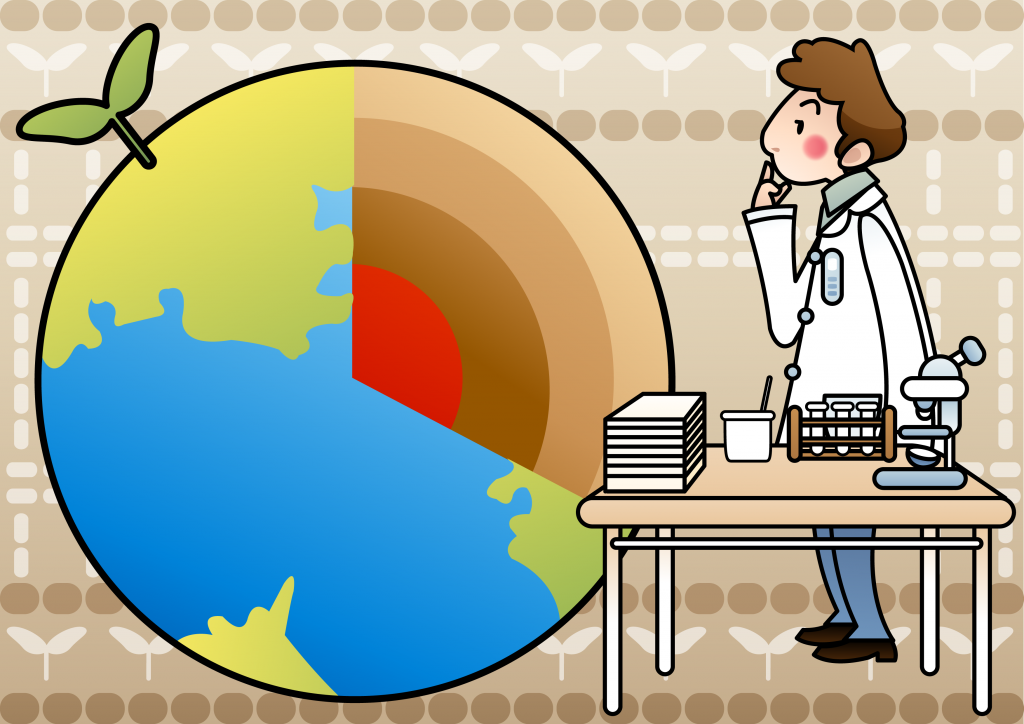Tornado Facts For Kids
Ready for some fun tornado facts? A tornado is a violent and destructive storm that can last anywhere from a few minutes to a few hours.
Basically, powerful winds rotate in a funnel shaped cloud around a central point.
Unbelievably they can reach speeds of up to 300 miles per hour (483 kilometers). To be called a tornado they have to touch the ground, otherwise they’re called a funnel.

If you see a storm kicking up some dust, that isn’t necessarily a tornado, there has to be that wind rotating around.
As we’ve said, they’re really destructive and they can literally destroy everything in their path when they touch the ground.
They’ve been known to literally lift up houses, cars and anything that gets in their way.
Quick Tornado Facts
- Tornadoes are formed when a warm front and a cold front collide, and a thunderstorm is created that may produce one or more “twisters,”.
- A tornado’s winds may gust up to 480 km/h, which is powerful enough to uproot trees, tear off buildings, and fling vehicles hundreds of meters away.
- A tornado is not easily noticed until it gathers dust and other debris or a cloud builds inside the rotating funnel, after that it becomes detectable.
- A tornado may rotate both clockwise and counterclockwise.
- Texas experiences the most tornadoes each year, 120 on an average.
- Tornado damage tracks can be more than one mile broad and 50 miles long.
- The most accurate indicators of tornado activity are rotating thunderstorms.
Where do you find Tornadoes?
They’re found throughout the world in countries like South Africa, Argentina, Uruguay, Brazil, Australia, New Zealand, Asia, and across Europe.

The most famous ones can be found in Tornado Alley which stretches from Texas to the Dakotas in the US.
There are over a 1,000 tornadoes in the US every year. Wow – that’s a lot!
When do Tornadoes happen?
Well they can happen at any time of the year, but are mostly seen in a stormy spring or in summer when warm air and cold air bump together and the air basically becomes unstable.
They can form out of many types of storms but the most common is called the Supercell where if the winds come from just the right direction with just the right strength, the storm begins to spin and can form a tornado.

Tornadoes can spin clockwise and counter-clockwise.
Another type of tornado is the Waterspout which is a tornado over water and is strong enough to turn boats upside down.
Before a tornado strikes, the wind may die down and the air becomes very still, or it can strike suddenly with very little warning.

How much do Scientists know about Tornadoes?
Well there is plenty that they don’t know about tornadoes and measuring their strength is really difficult.
Their strength is currently measured by the amount of damage they cause and this is done by using a scale called the Fujita or F scale developed by Dr. Tetsuya Theodore Fujita.
There have been some changes to his work and it’s now called the Enhanced Fujita Scale.
The extent of a tornado’s damage can range from 1 mile (1.6 kilometers) wide to 50 miles (80.4 kilometers) long.

Whoa! A tornado that damages trees can get an EF0 rating, but one that is violent and rips buildings off their foundations, destroys solid brick buildings or twists skyscrapers and huge steel machines and heavy farm equipment into unrecognizable lumps of metal gets an EF4 or EF5 rating.
Only about 1% of tornadoes reach that level but even a weak tornado can turn a car over.
Read Cool Kids Facts article on How to make Tornado In A Bottle.
What to do if you live in a Tornado area?
If people live in a tornado area they should know what to do if one strikes. Radio, TV and apps are the most common ways that warnings are given that a tornado might be brewing or on its way.

People in cars in busy areas shouldn’t try driving away from a tornado as they will probably get stuck in a traffic jam and then have no protection when it hits.
They are better to park off the road to clear the way for traffic and go and find a strong solid building to shelter in.
They must not stand in the open and watch the tornado. This can be very dangerous as tornados can move very quickly and there is often lighting as well as objects flying around.

Hiding under bridges or highways is not safe either as they can be blown out or hit by objects travelling at speeds from 200 (321 kilometers) or 300 miles (482 kilometers) per hour.
If there are no solid buildings to hide in, they can find the lowest ground area possible or lie face-down with their head covered in a ditch.
The best option is getting protection in the sturdiest building that can be found, in a basement or an interior room on the ground floor with no windows and then covering up with blankets, cushions or mattresses.

However, this is not foolproof either.
Having a radio to hear news broadcasts is a good idea too. Nature is very, very powerful.
Some more interesting tornado facts
Did you know that every tornado has its own color, sound and shape?
You need to step on the pedal of a car past 70 miles (112 kilometers) per hour to outrun the fastest tornadoes.

Tornadoes have been reported in every state in the US and also in every season.
Who would have thought this? A tornado happens mostly between 3pm and 9pm.
Also Read:

